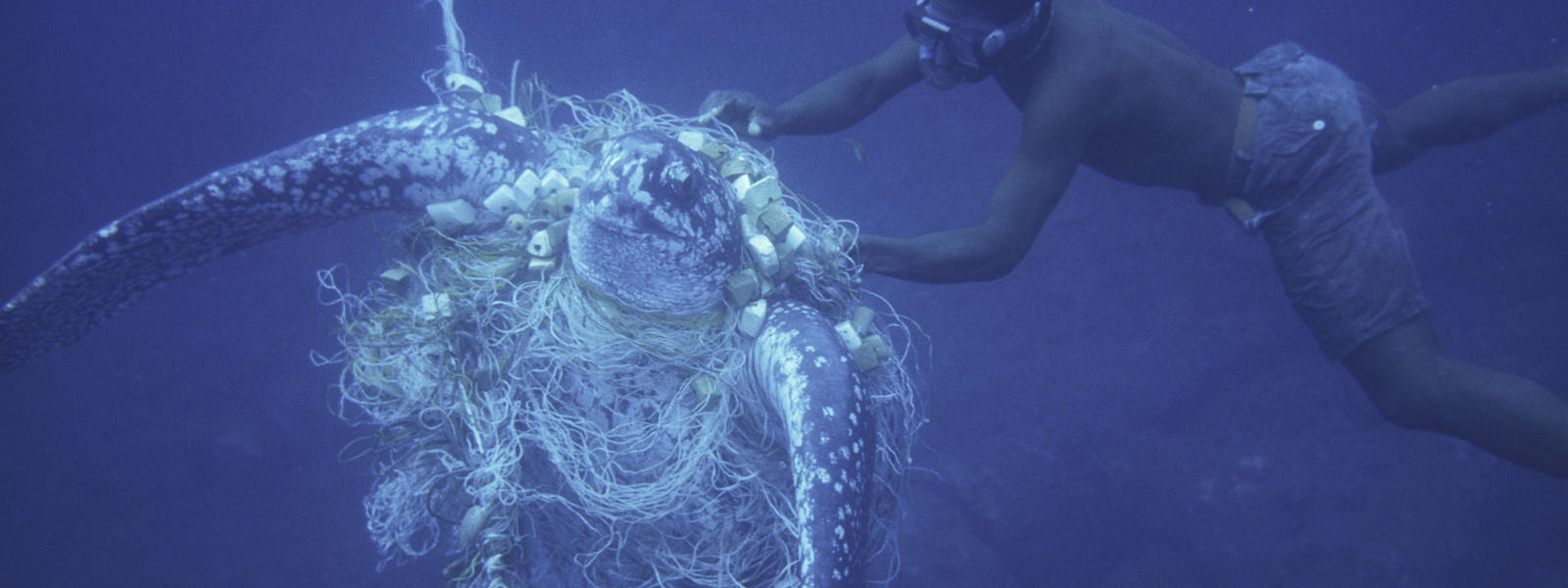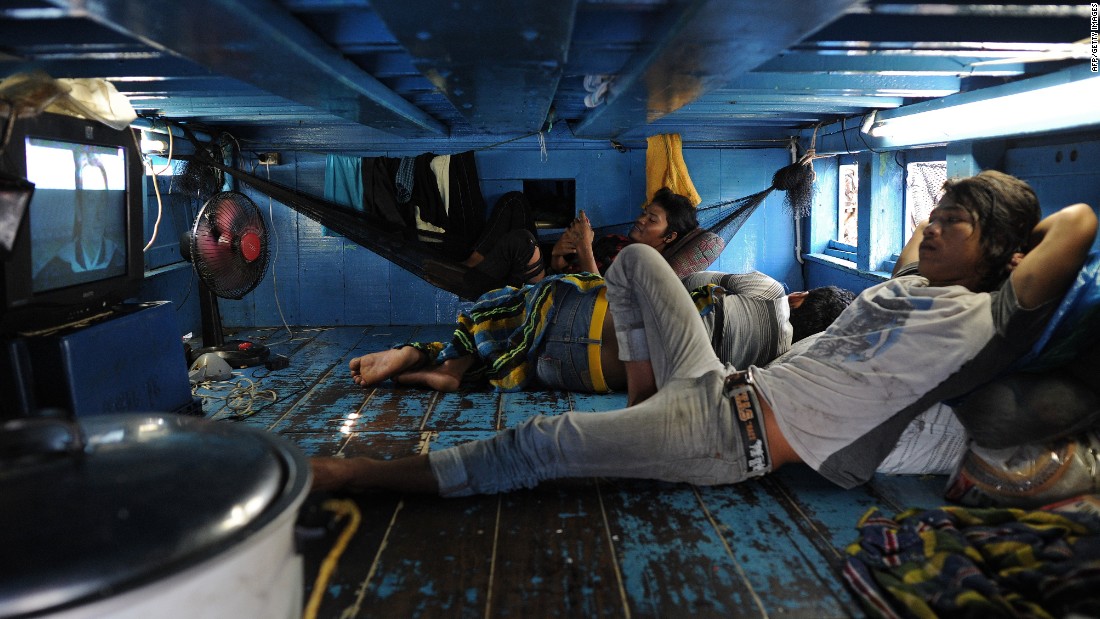
Given Sri Lanka’s 1,340-km-long coastline, seafood is a readily available source of nutrition for a majority of the population. The benefits of seafood fish are numerous and well known. They are a rich source of omega-3 fats, vitamin D and selenium, and are high in protein, and low in saturated fat. In a country like Sri Lanka, where many communities eschew the consumption of meat, fish provides a widely accepted— and healthier—alternative.
High Demand

Given that Sri Lankans have traditionally been farmers and fisherfolk, it is not uncommon for meals to contain fish in either fresh, dried or canned form. “The market for fish in Sri Lanka is tremendous,” said British fish biologist, Dr. Steve Creech, while talking to Roar Media. So much so that suppliers are unable to meet demand. “Fish is expensive because the country can’t meet demand, but the market still exists. In fact, Sri Lanka has to import dry and canned varieties to meet demand,” he said.
This is despite the fact that only a small portion of the fish caught off Sri Lankan shores make it to the international market. These include the yellowfin and bigeye varieties of tuna, swordfish and seafood such as prawns, cuttlefish, mud crab and lobster. “Over 160 other species of fish are caught and make their way into the local market,” he explained, adding that this demand makes it difficult for exporters to find sufficient fish stocks to sell to the international market.
Sustainability

Global fisheries are affected by several issues including illegal, unreported and unregulated (IUU) fishing (which leads to overfishing of exploited species); bycatch or when untargeted fish or marine species (such as albatrosses or sea turtles) are caught unintentionally; and plastics pollution and heavy metal pollution, among others. The Sri Lankan government has already proscribed bottom-trawling, a harmful method of fishing, and taken a tough stance against IUU.
But certain issues persist. A paper published early this year indicates that small-scale fisheries in Sri Lanka are throwing away more marine species than they keep. Of the 62 species recorded in the survey, more than 80% were routinely discarded as bycatch, the paper found.
The paper recommended that sustainable management practices be combined with community schemes to reduce unnecessary seafood waste. “Communities with successful and inclusive cooperatives are better off than those without. Cooperatives have the potential to empower small-scale fishers against environmental and socioeconomic shocks”, the paper pointed out, noting that the millions of small-scale fisheries all over the world could maximise long-term benefits by dealing with the threats of fisheries mismanagement, livelihood insecurity and poverty.
On the topic of plastics pollution and and heavy metal contamination, Dr. Creech says Sri Lankan fisheries are minimally impacted. In 2017, a study raised concerns that heavy metal contamination in coastal sediments in Sri Lanka’s highly urbanized coastal belt is a major environmental concern. But Professor H. M .T. G. A. Pitawala, a geochemist and key contributor to the study, told Roar Media that although “there is some heavy metal contamination in urban areas, it did not affect rural areas, or areas that affect fisheries.”
Health And Human Rights

Dr. Creech is of the opinion that fish caught within Sri Lanka’s maritime borders “are of excellent health.” “They have a short supply chain, as a result of which the fish delivered to the market is fresh,” he pointed out. In fact, the Ministry of Fisheries and Aquatic Resources Development noted last year that per capita fish consumption had increased across the country by 2.7 percent to 46.7 kilos, except in the estate sector of the Central Province, where it remained low at approximately 450 grams. The total fish production for 2017 was 389,500 MT.
Around the world, in some countries like Thailand, the seafood industry has been plagued with rampant human rights abuse issues. According to Dr Creech, this is one more area in which Sri Lankan fisheries have excelled.
“Take a look at the Thai industry and all the human rights concerns linked to it,” he said. “Sri Lanka has no drastic labour concerns.” He pointed to the fact that Sri Lanka employs 273, 350 marine and inland fisherfolk, 11, 250 in processing plants and 2,115,400 informal sector workers, employed in local markets etc. “This is a total of 2.4 million persons, or a 28.16% workforce employed by the industry, proving that fisheries continues to be a strong sector in the economy,” he said.
Globally, the fisheries industry is grappling with a number of well-publicised issues. Governments and organisations around the world are working hard to change the trajectory of the industry that was said to be in danger of collapsing by 2048, if ocean species were not better managed. (But the latest report on The State of Fisheries and Aquaculture (SOFIA) published by the Food and Agriculture Organisation of the United Nations, projects that by 2030, global fish production is actually set to grow to 201 million tonnes, an almost 18 per cent increase from the current 171 million tonnes.) This growth is contingent on fixing the problems that currently plague the industry.
It is clear that Sri Lanka remains relatively unaffected by many of these issues, but it is still important to remember the benefits of consuming seafood that has been sustainably sourced. It is not only good for the ocean, but also good for you.
Cover: Fish is high in protein, low in fat, and a rich source of vitamins and nutrients, but is it being sourced sustainably? Photo courtesy: pixabay.com



.jpg?w=600)




